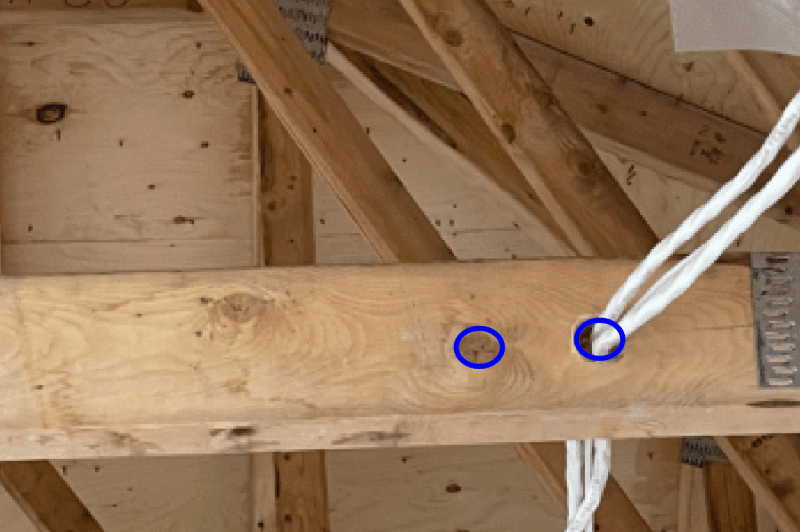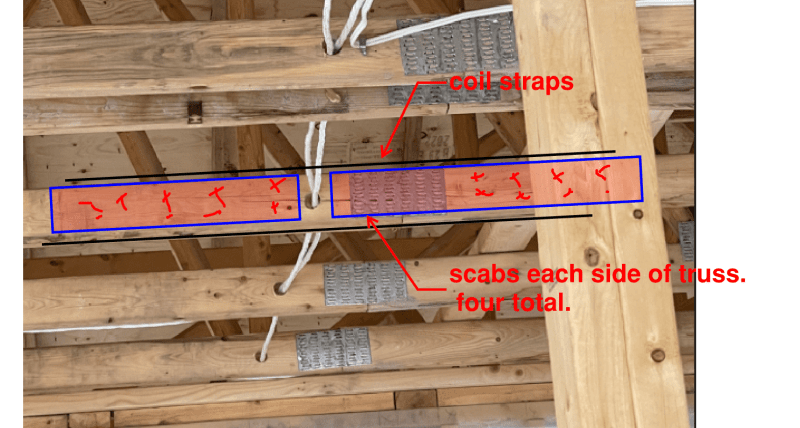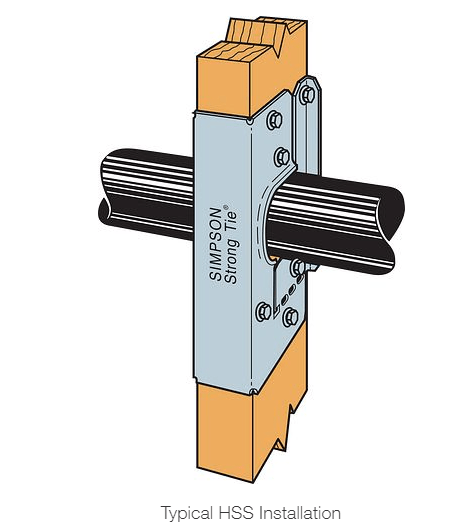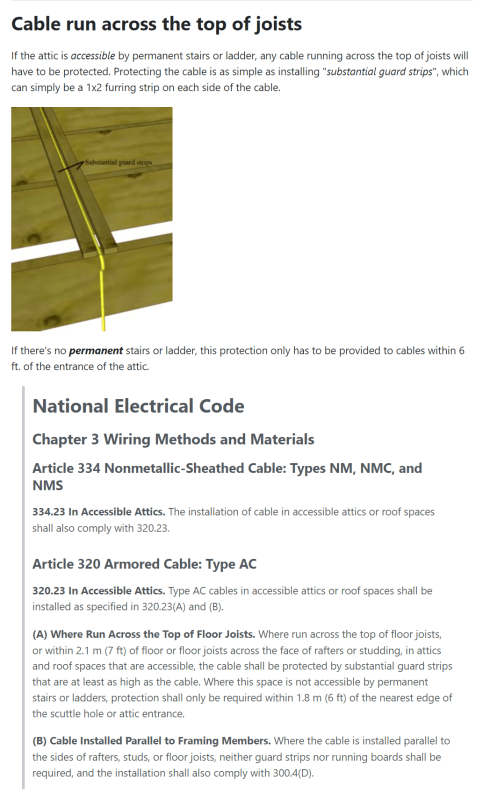Greetings to all,
An architect called me with an issue at one of the projects he's managing. Apparently the electrician drilled a 1" dia hole through the bottom chord of the trusses. The bottom chord is a 2x4 (1.5" x 3.5"). The truss manufacturer does not want to evaluate this, as their instructions are clear that no holes are allowed in the trusses.
I checked the truss calculations, and the bottom chords are loaded at about 0.35-0.55 MAX CSI, mostly at around the 0.35 mark. The architect told me he sees this often, but from my experience, I haven't come across something like this?
With less then 2" edge cover, I am concerned about splintering at these locations.
Wondered if you guys came across something like this and how you dealt with it ? The electrician did this through most of the truss bottom chords!
Thank you as usual for all your help!
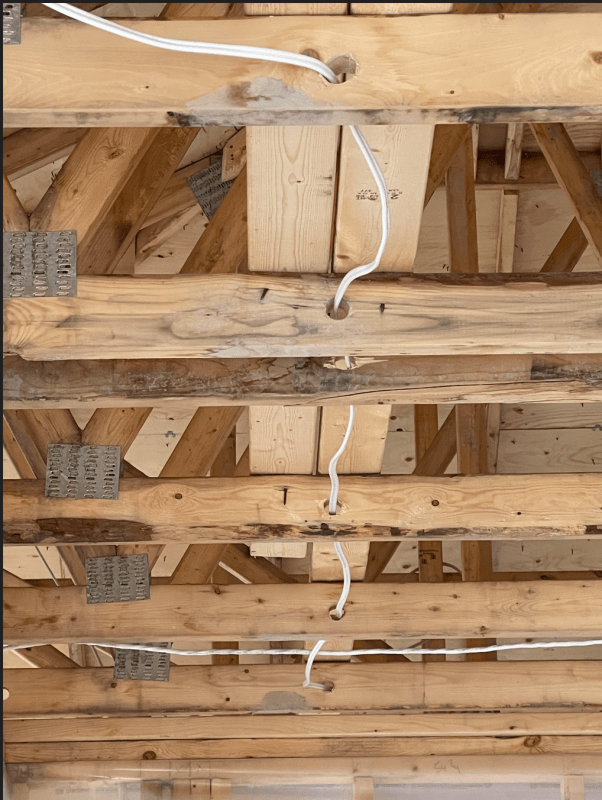
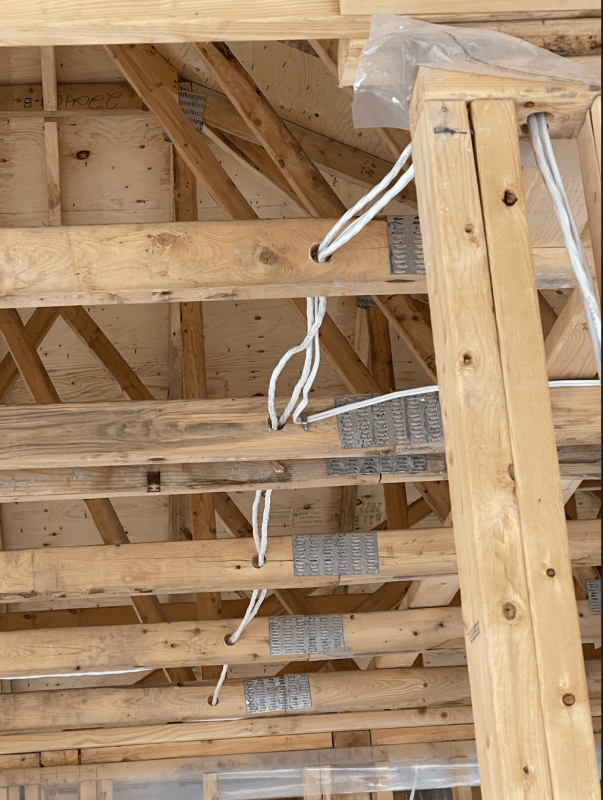
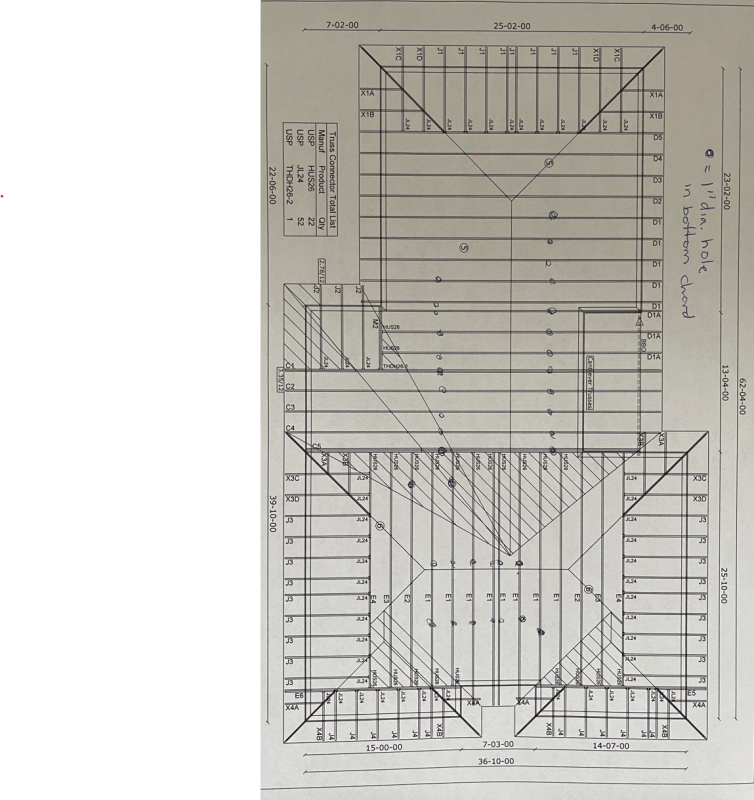
An architect called me with an issue at one of the projects he's managing. Apparently the electrician drilled a 1" dia hole through the bottom chord of the trusses. The bottom chord is a 2x4 (1.5" x 3.5"). The truss manufacturer does not want to evaluate this, as their instructions are clear that no holes are allowed in the trusses.
I checked the truss calculations, and the bottom chords are loaded at about 0.35-0.55 MAX CSI, mostly at around the 0.35 mark. The architect told me he sees this often, but from my experience, I haven't come across something like this?
With less then 2" edge cover, I am concerned about splintering at these locations.
Wondered if you guys came across something like this and how you dealt with it ? The electrician did this through most of the truss bottom chords!
Thank you as usual for all your help!




